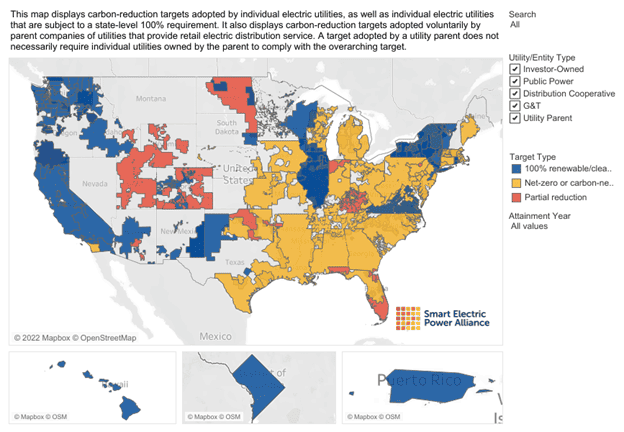
Kevin Cheung
Investing and adapting to achieve net-zero
Today, the impetus for electricity to become more carbon-neutral is growing at a rapid pace. This has uncovered new challenges on both the supply side, and with consumers. Residential consumers are increasingly moving toward more earth-friendly infrastructure, with their homes, their cars, and the way (and with whom) they do business. Commercial consumers on the other hand, are rethinking the traditional “business as usual” model. More and more, corporations are moving toward new strategies that demonstrate insight and leadership and meet growing shareholder and customer expectations around net-zero strategies.
For utilities, the stakes are higher. Currently, many are working to proactively manage shifts in infrastructure, customer expectations, increases in connection requests, net-zero mandates, growing complexity, and resiliency in the face of severe weather events and other consequences of global warming. In developing renewables, the biggest barrier for utilities has been interconnection delays. Data from the Lawrence Berkeley National Laboratory indicates that at the end of 2020, approximately 670 GW of renewables and 200 GW of storage were waiting to interconnect to the bulk transmission system. On average, interconnection wait times can take more than three years.
From both a customer and industry standpoint, are we collectively doing enough to adapt to meet current demand? Have we done what needs to be done to be agile and easily adapt in the future?
Commitment to the future
In April of 2021, the White House has called for 80% carbon-free electricity by 2030, and more and more utilities in North America are making commitments to achieving net-zero emissions by 2050. The first to commit was Minnesota’s Xcel Energy in 2018, and over the next three years, others began to follow suit, including large utility groups like Dominion Energy, Duke Energy, and Southern Company.
The Utility Carbon Reduction Tracker from the Smart Electric Power Alliance offers a geographic look at utilities’ path to a carbon-free system:

SOURCE: Smart Electric Power Alliance
The road ahead
So are we on track to get to net-zero by 2050? Lawrence Berkeley National Laboratory has reported that between 2005 and 2020, annual carbon dioxide (CO2) emissions from the power supply in the United States dropped to 1,450 million metric tons (MMT)— 50% below earlier projections. But according to a 2020 study by Princeton University’s Andlinger Center for Energy + the Environment, building a net-zero America will require an immediate acceleration of commitment to strategic and infrastructure initiatives. This would include a minimum of $2.5 trillion of capital investment into energy supply, industry, buildings, and vehicles by 2030.
It is critical for governments to take the lead in planning and to incentivize through unprecedented investments to help utilities smoothly rapidly transition to more clean electricity. The US government’s Build Back Better Framework represents the country’s ambitious effort to address climate change, offering consumer rebates and tax credits for solar installations and EVs, and investment in clean-energy infrastructure and technologies.
Helping power a more sustainable world
At PSC, we help utilities position themselves to meet the goal of NZE through insight and expertise that supports transformation toward net-zero. Find out more about our Operational Technology and Strategic Advisory Services and contact us to see how we can support you.
